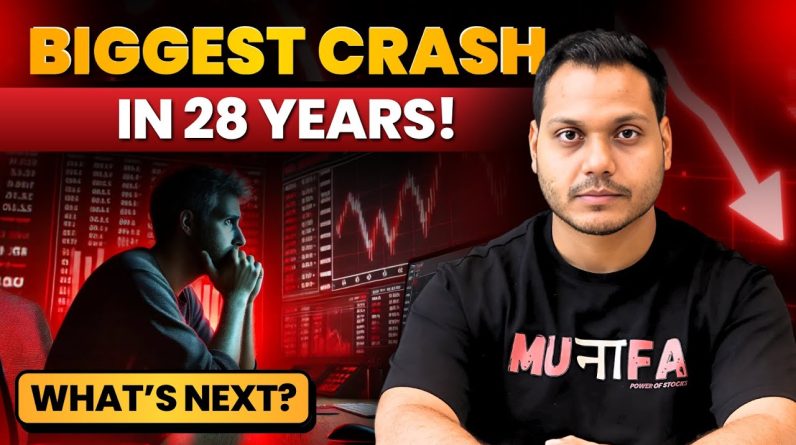Value VS Growth Investing
Two of the most common investment strategies are growth investing and value investing. Value investing is concerned with trying to find good quality stocks (and other assets) that are at the time cheaply priced. By contrast, growth investing is concerned with finding which of today’s acorns will become tomorrow’s oaks. These are small stocks that you believe will get big.
The Nifty Fifty – One-Decision StocksThe Nifty Fifty was a popular umbrella descriptive term used in the 1960s and 1970s for well-known, large-capitalization stocks that were considered the foundation of any rational investor’s portfolio. They were “one-decision stocks” – you bought them but never had to think about selling.
The Stock Market LowersThe Stock market has fallen however there are a few things one can do to defend against the market falling.
Avoid Losing On Stock Options Part 3Example: Avoiding Exercise with More Cash: You own 300 shares of stock that you bought for $31 per share. You sold one call with a striking price of 35, and received a premium of 4. Now the stock is worth $39 per share and you would like to avoid or delay exercise. You buy the original call and pay 8, accepting a loss of $400, and replace it by selling three 35 calls with a later expiration for 4 each, receiving a total premium of 12. The net transaction yields you an extra $400 in cash: $1,200 for the three calls, minus $800 paid to close the original position.
Staying On Top Of The Top Penny StocksBefore you put money into any investment, you like to know that the investment has a reasonable chance of appreciating in value. And the same applies to penny stocks; there are thousands and thousands of penny stocks, but before you buy any of them you would certainly benefit from knowing how to separate the top penny stocks in a sector from the rest.
Exchange Traded FundsWhat are Exchange Traded Funds? Payback of investing in Exchange Traded Funds.
Avoid Losing On Stock Options Part 2You can analyze the transaction by comparing the exercise price of the option to the outcome of closing the option and selling shares at current market value. The flaw in this method is that it assumes a sale of stock, which is not necessarily going to occur; however, the comparison is valuable to determine whether avoiding exercise makes sense. A summary:
Avoid Losing On Stock Options Part 1If you sell a call on stock originally purchased as a long-term investment, you might want to take steps to avoid exercise. This is not contradictory; as a specific strategy, you can write covered calls with the willingness to accept exercise, but with a preference to avoid it. If your primary purpose is to hold stock as a long-term investment, covered call selling enhances current income without necessarily requiring that you give up stock.
A Financial Analysis Of ValueClick IncAs advertising will continue to be a profitable service, even mid-cap companies like Catalina, R H Donnelley and aQuantive will generate business among other industries to market a variety of goods and services. While the aforementioned companies each have respective strengths and weaknesses, one mid-size company, ValueClick (VCLK), not only constructs and carries on a tremendous business model, but engenders financial figures, transcending into capital gains for investor portfolios.
What Really Controls the Market?Want Know What Really Controls the Share Market?








